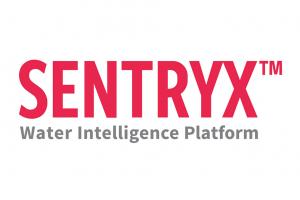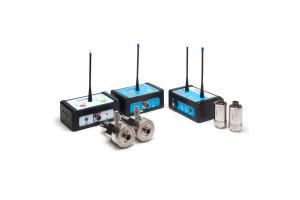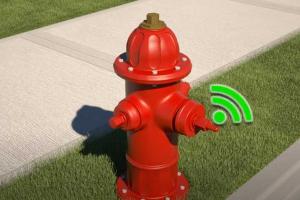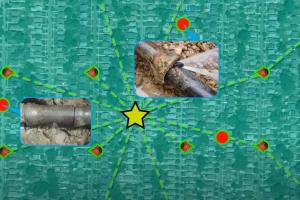IoT-Lösungen helfen bei der Lösung gemeinsamer Versorgungsaufgaben

IoT, or the "Internet of Things", is a combination of technologies that combine sensor-based data acquisition and next-generation networks. The intelligent technology platform leverages these IoT networks by deploying smart devices that use advanced wireless technologies to remotely monitor and manage water networks. This enables utilities to solve problems that the industry often faces today, such as the aging workforce and the need for real-time monitoring of water quality. Here are five common challenges utility companies face that can be addressed with data-driven solutions.
Aging infrastructure
Traditionally, utilities replaced parts of their water supply or distribution network without access to information about the condition of the pipes. In many cases, entire lengths of pipe were in good condition, only parts of which had to be replaced immediately. The collection of meaningful data on the water network enables utilities to make decisions on remediation plans and methods, with an emphasis on smart capital and operating cost planning and control.
Aging workforce / retirement
With the average age of water workers currently at 55, water utilities will have to retire a large part of their workforce over the next 10 to 15 years. With the loss of skilled workers, there is also the loss of system knowledge that has accumulated over the course of a career. The IoT technologies will make a decisive contribution to preventing this by collecting and centralizing data and making it usable to secure the know-how of employees for future generations of water network operators.
Reduction of water loss & leak detection
The water suppliers are under pressure to reduce water losses from both an ecological and a financial point of view. Robust, simple leak detectors and algorithms enable utilities to distinguish between abnormal consumption levels and leak events (e.g. a running tap from a burst pipe). This ability can help prioritize repair needs based on the severity and location of the leak.
Real-time online monitoring of water quality
Advances in online water quality sensors make it possible to monitor chlorine levels, pH and temperature in real time. The integration of these functions with consumption and usage pattern data enables utilities to improve the operation of the water distribution system and the service to their customers.
Interoperability of Smart Network Devices
Measuring devices, sensors, leak detection and communication protocols are often installed by several providers within a distribution network, since the utility companies are generally reluctant to use a single provider. Solutions such as the LoRa communication platform and device-independent data analysis facilitate the integration of existing databases and intelligent networks with new solutions.





